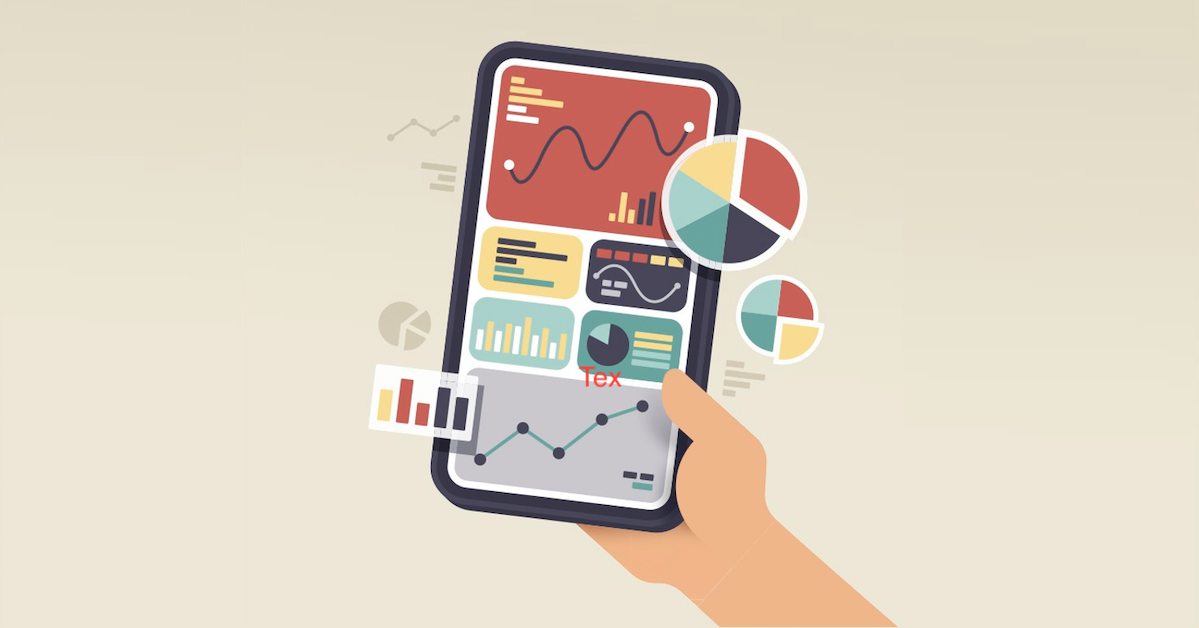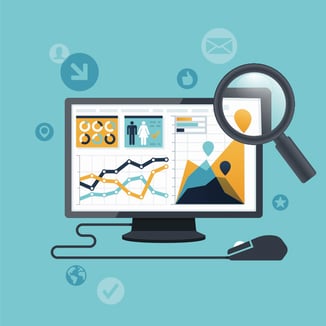
Healthcare Digital Transformation: Data, ROI, and Patient Experience
Healthcare executives and digital health developers are both looking to improve the quality of care, reduce cost burdens, and streamline internal processes. The key to a successful partnership here is data.
Today, big data is fundamental to our understanding and support of the patient journey (history, symptoms, medications, etc.). It is also crucial to how healthcare and life science organizations do business. Healthcare organizations that collect and leverage data effectively can achieve a competitive advantage with faster and more informed business decisions.
Think of it this way: you need to drive with the destination in mind, and data can point you in the right direction.
In designing a business strategy, data has the power to help organizations understand the problems facing consumers and identify solutions to alleviate them.
The Problem(s)
In healthcare, a major shift in the past decade has been the delivery of patient-centric care - from doctor 'says' and patient 'does' to a working relationship between patient and provider. This approach to care delivery relies on patient input not only in an appointment, but also every step before and after to understand the gaps, pain points, and areas of improvement in the whole patient experience.
Here's what patients are saying:
- 80% of patients would switch providers for convenience alone – ranking 'convenient, easy access' ahead of insurance coverage and quality of care.
- 92% of consumers want to know payment responsibility prior to a provider visit, and 80% of consumers prefer online payment channels
- 75% of healthcare consumers would use telehealth for an after-hours appointment.
Data collected from customer insights and market research show that patients want more convenient, transparent, and affordable healthcare.
With clear objectives in mind, the search for a solution has begun.

The Solution(s)
For healthcare and life science organizations, a lot is at stake: security and privacy, compliance, and of course, the return on investment. A digital transformation is a significant investment, so decision-makers want to know two things: does the solution match the problem? And what is my expected ROI?
The challenge for technologists is proving their solution can deliver on the promise of increased engagement, reduced costs, or others metrics of importance. Existing case studies, customer evidence, and insights are the most powerful tools to demonstrate the benefits organizations will reap by investing in these tools.
At Orbita, we set performance expectations and KPIs up-front with best practices based on industry data. By establishing and monitoring these expectations, our customers and partners can determine if the solutions can solve their unique challenges, while also realizing the cost savings this automation can offer.
Here's an example:
A women's health brand sees declining enrollment rates in a particular program. Data show that the primary patient profile is low-income immigrants who often cite travel to the office as a barrier to care.
With Orbita, this health brand launched a patient support virtual assistant to provide intuitive access to information and assessment services. This included a 3-minute personalized questionnaire with omnichannel (web, phone, SMS, voice assistants) and multimodal (text, touch, voice) access to 'Find a Doctor' and 'Schedule a Telehealth visit' services. With the ability to access care from anywhere and on any device, transportation was no longer a barrier for this patient population.
Once in action, data show that this solution delivered:
- 3x higher conversion rate
- 2x faster time to value
- 3.5 : 1 ROI
A key component of Orbita's platform is its extensibility, which we think of in three ways: listen, learn, and adapt.
Once our technology is in use, we deliver real-time analytics in the form of pre-built dashboards to measure ROI through conversion and adoption, engagement, utilization, and user satisfaction. Then, we can optimize while in motion and make any necessary adjustments to stay on course from this data.
With nearly 2,314 exabytes of new global healthcare data generated in 2020, there is no lack of opportunities to learn about and optimize healthcare's relationship with technology.

